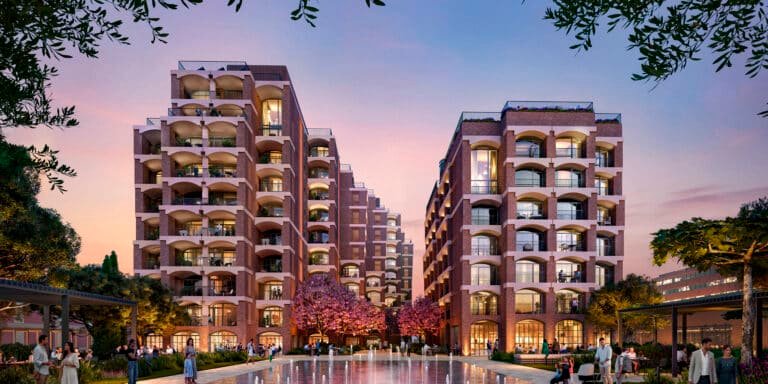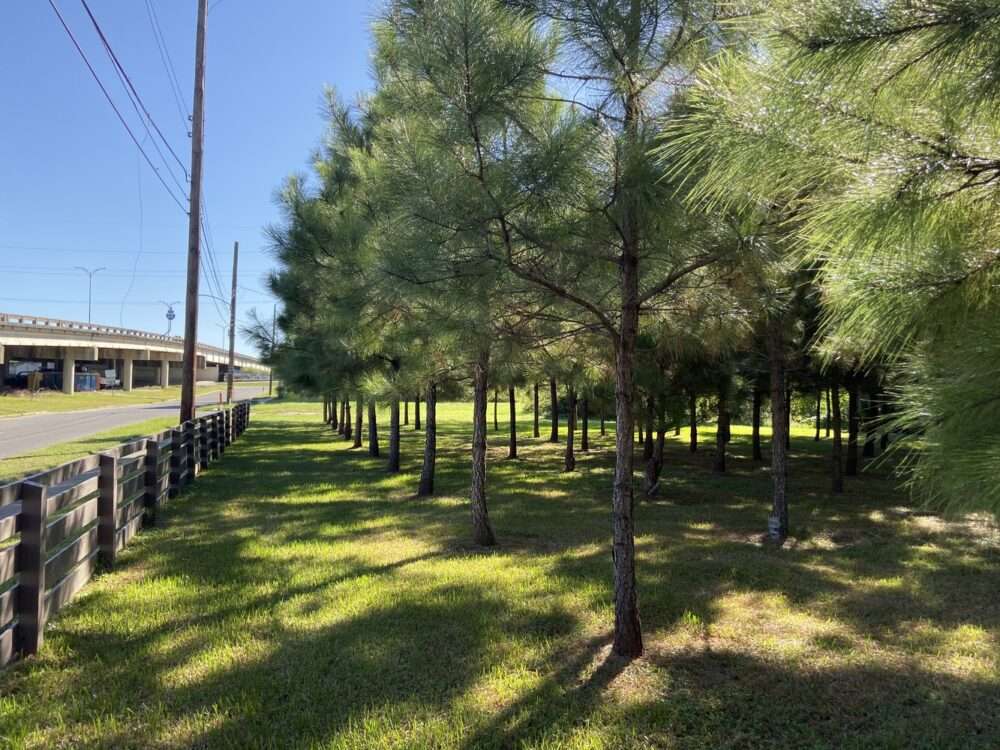Add heavy walls to a destroyed house
Architectural practice Wurminger added, by way of giant colossal walls,
to encase a ruined structure in Chilmer, a southwestern suburb of Brisbane, Queensland, Australia.
Design Features
The 120-square-meter home, called Chelmer River House, has been converted from a destroyed building into a new family home.
The house was designed as a giant wall encircling the destroyed building,
considering the potential future expansions of the building, while the programmatic design inside was enriched.
Passersby who approach from street level view the building just like a castle wall, and this creates a strong tension between new and old.
Where visitors cannot guess how the interiors will continue or be designed.
The studio’s approach was to take a basic design approach, which aimed to create a building and landscape using the metaphor of destruction.
The studio envisioned the project site as a large garden, to set up a program of daily activities for the family.

Design shape
The team designed heavy stone walls that crisscrossed the site, sculpting public and private courtyard gardens, and this enabled new entrances to the rooms through garden spaces.
Architect’s goal was to encourage family members, to engage with the surrounding climate, landscape and structure.
The interior rooms are encased by the main garden walls, creating a structure that appears to have no glass or function.
This contributes to the metaphor of ruin, and constitutes a solid bodily mass that embodies the bearing of ruin – reduced to permanence.

Design materials
For the selection of materials, the studio preferred to use commercial materials,
but combined them with simple building techniques to avoid over-budgeting.
For example, the company has used precast concrete floors as the roof and upward concrete slabs as walls.
Thanks to innovative detailing and construction methods,
services are concealed in tilting concrete panels, including all plumbing and electrical fixtures.
The main approach to the building process was to remove the need for trade layers,
such as displaying the structure and panel both internally and externally in the building.
Stone and sand were also collected and matched with the stone finishes connecting the site to the building materials.
The studio’s goal was to preserve the texture of the existing building as much as possible and to work with the existing scheme.
For this reason, the team devised a strategy to wrap the building in a new structure and the central spaces within the house were developed.
The programmatic organization and subtle additions allow the interior, to work with a series of smaller apartment-type dwellings,
through the use of separate entrances, private courtyards and temporary services.

The building can also be used as a family home, adapting to change as children grow, as parent’s age,
but it may also accommodate non-family residents, or work from home, with an independent office or studio.
For more architectural news







